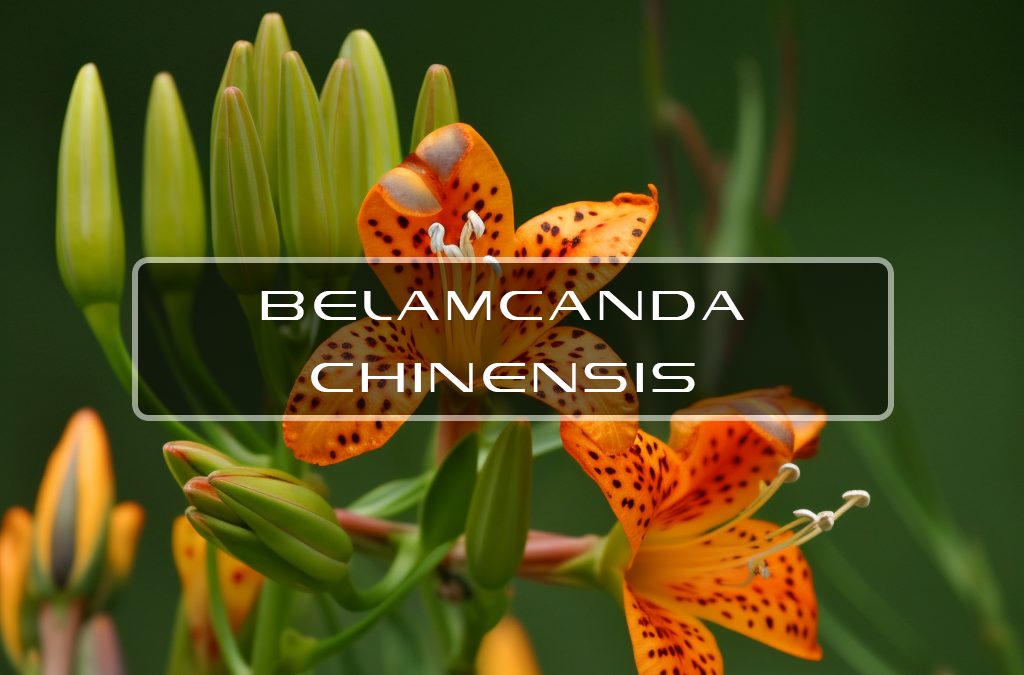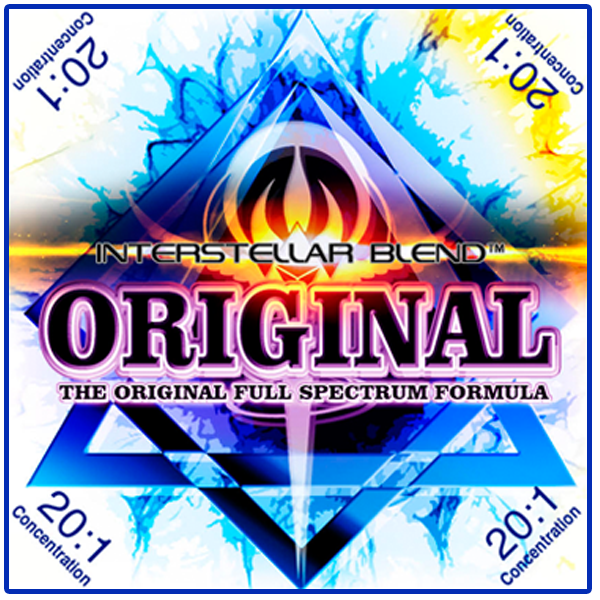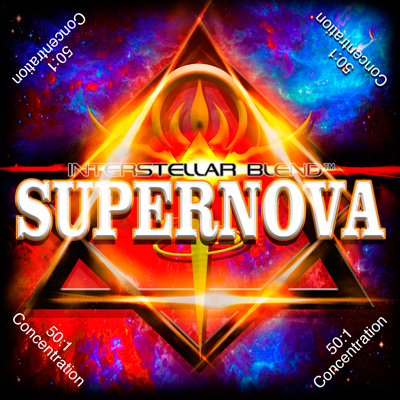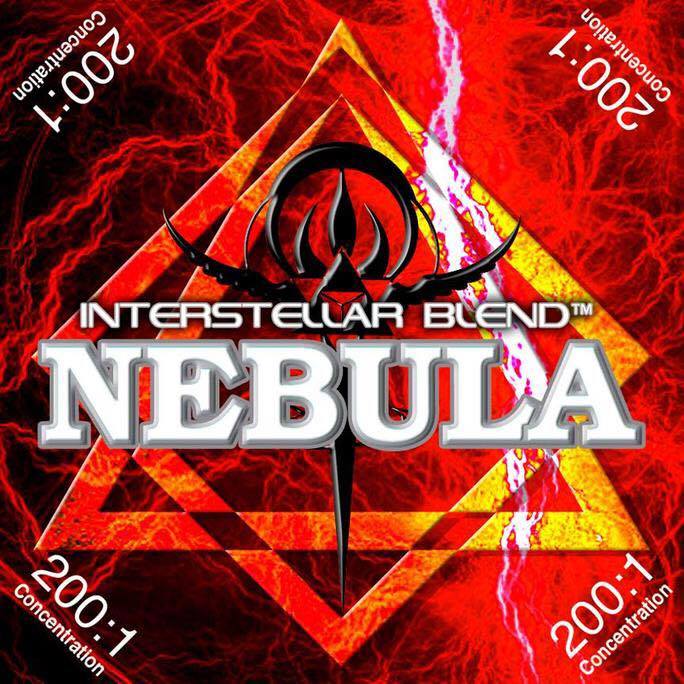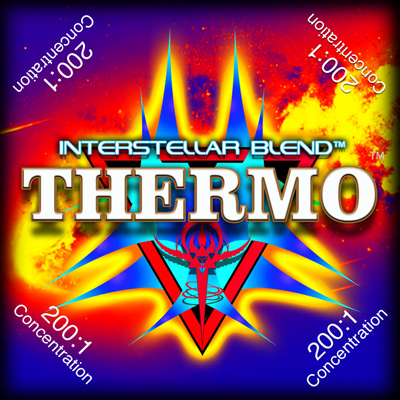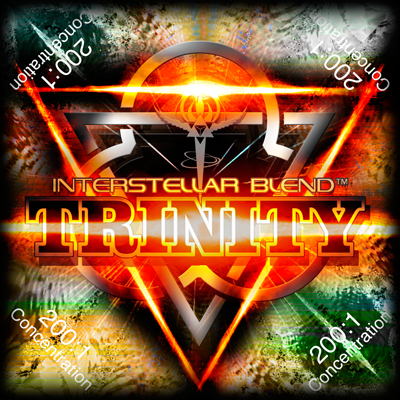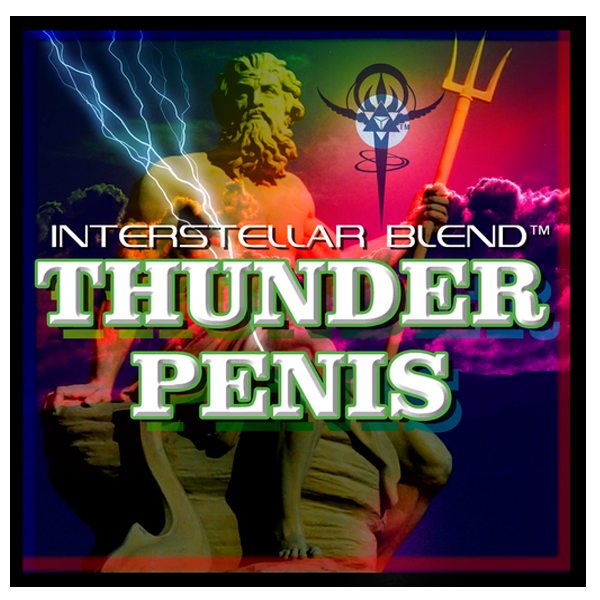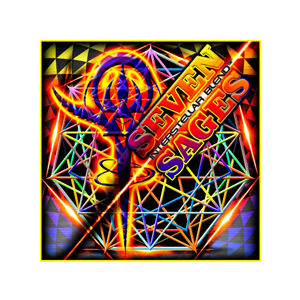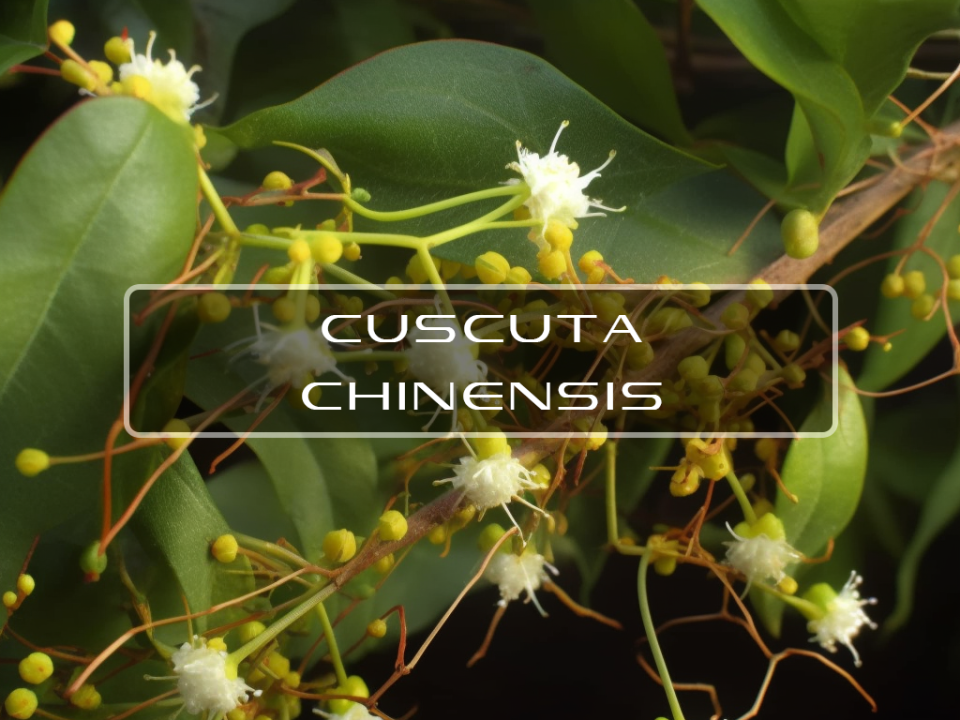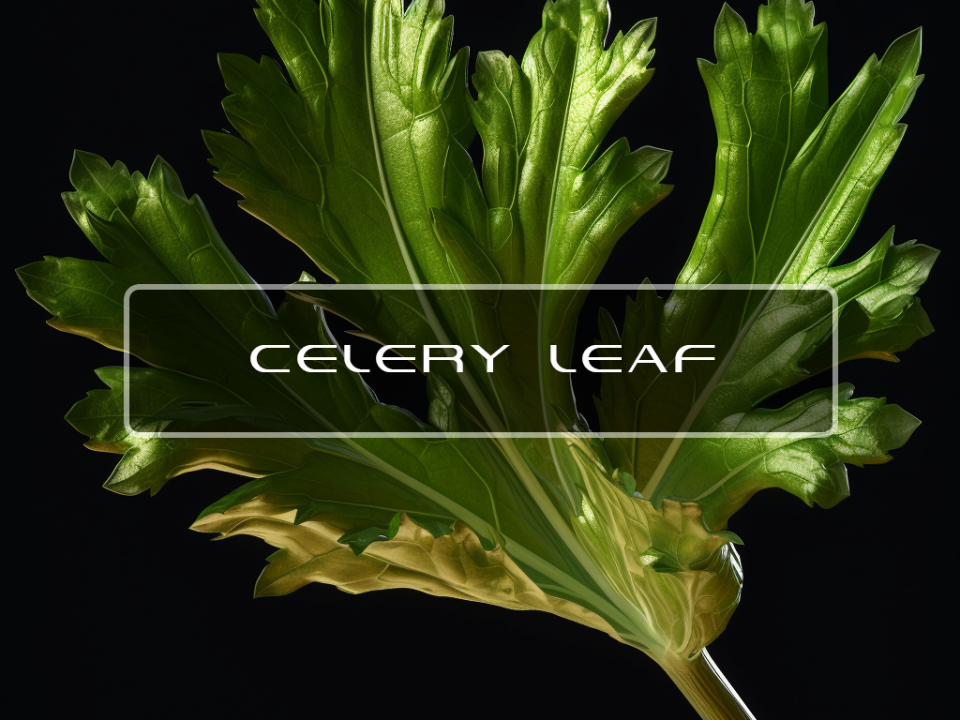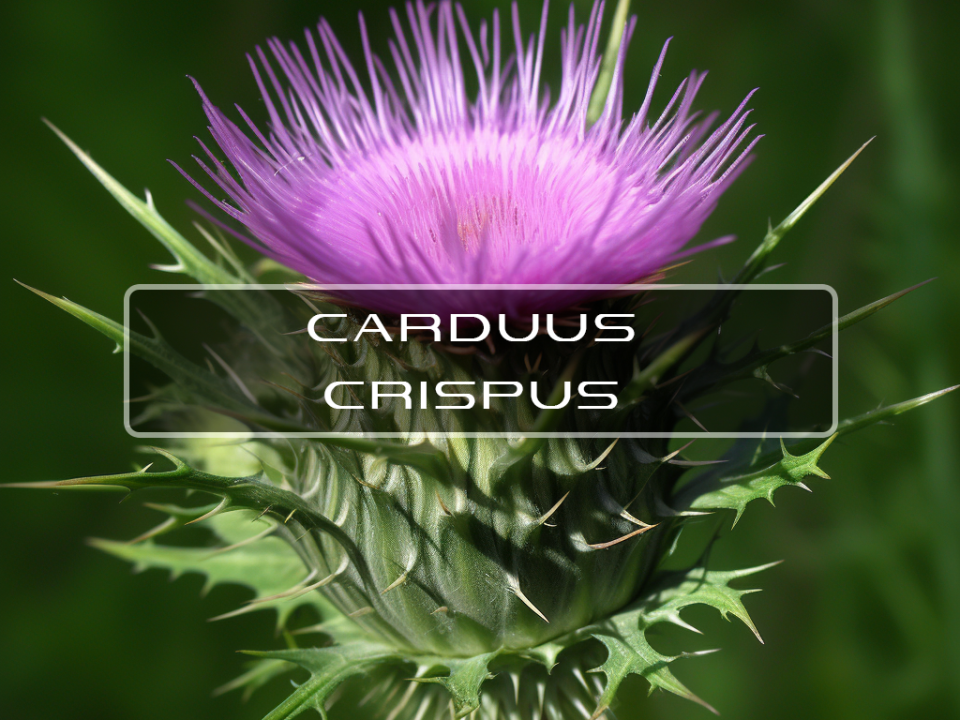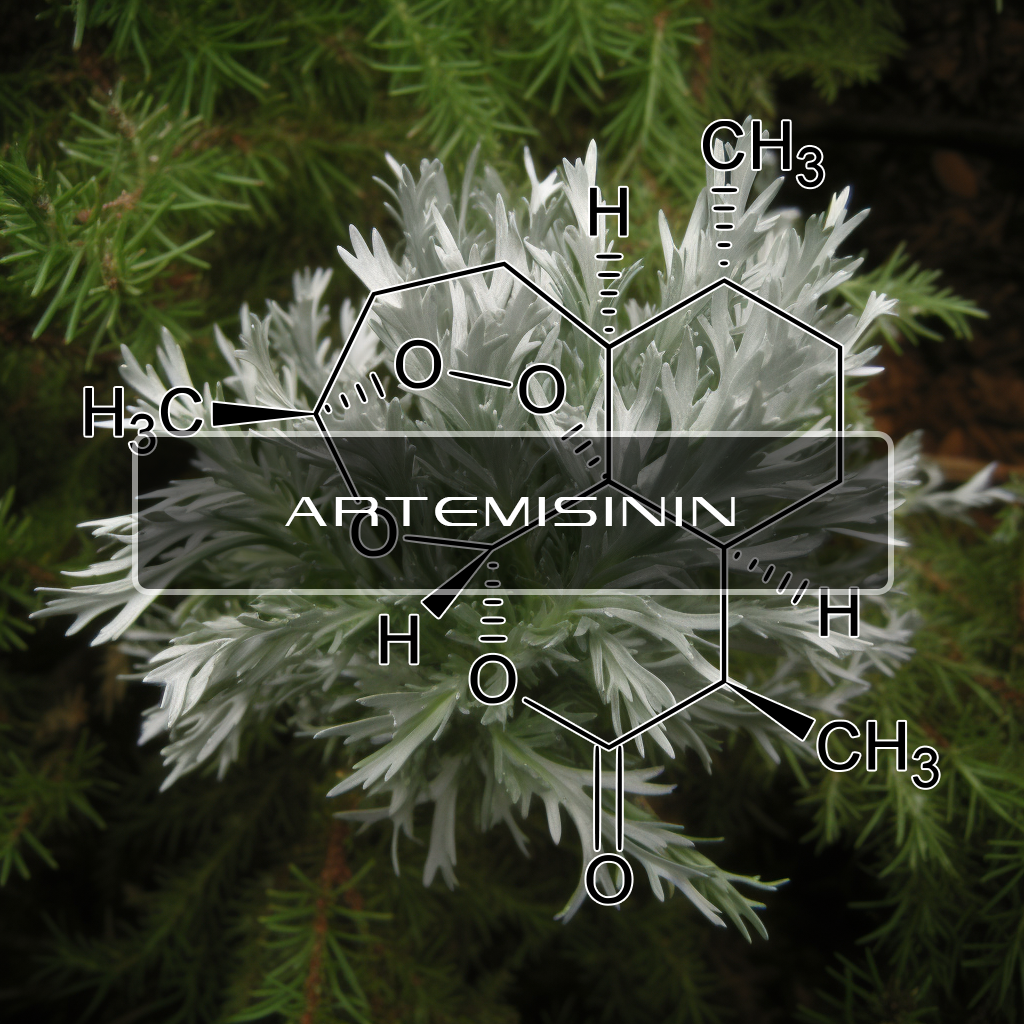
Artemisinin Artemisia
August 19, 2018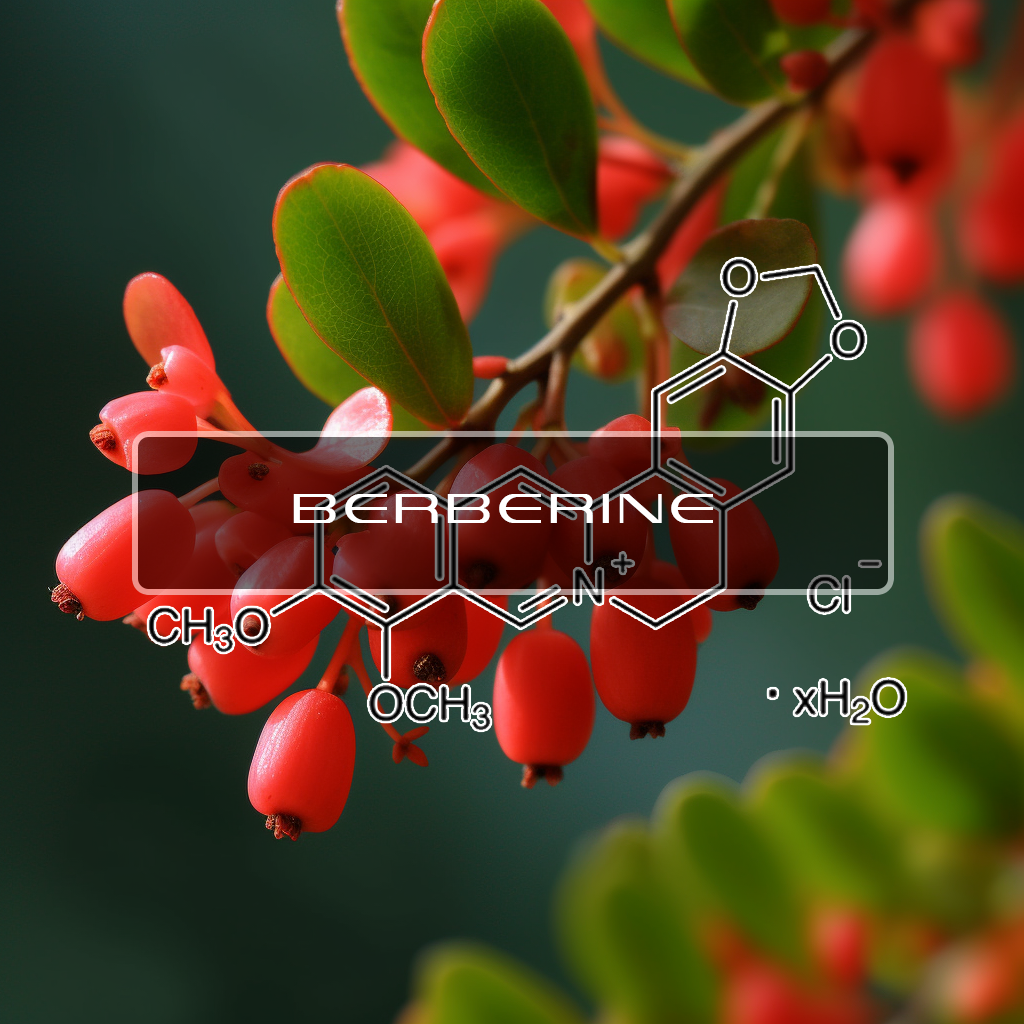
Berberine
August 19, 2018Belamcanda Chinensis
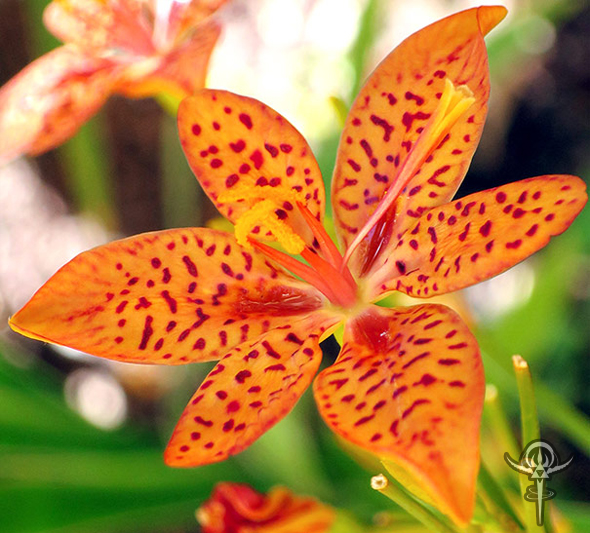
This plant belongs to the perennial species, it has a long history within Chinese Medicine. It is a bitter herb that acts on the liver and lungs, it can lower fevers and reduce inflammation. It has been effective as an antibacterial, antifungal and antiviral as well as an antidote to some snake bites. In Nepal the juice is utilized to treat liver issues where it was also having a benefit to improve ones appetite.
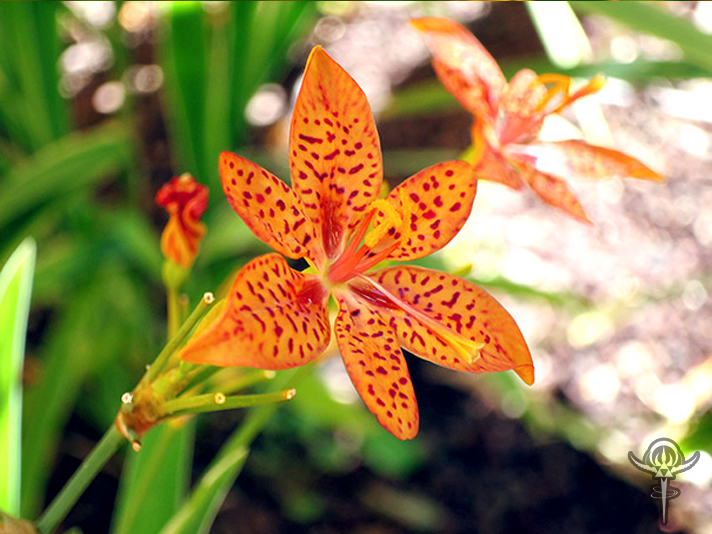
Benefits of Belamcanda Chinensis
These in vitro studies demonstrate a role for tectorigenin and irigenin in regulating prostate cancer cell number by inhibiting proliferation through cell cycle regulation.
Isoflavones have been shown to exert antiproliferative effects on cancer cells by steroid receptor signaling. In this study, we demonstrate the potential of plant constituents extracted from Belamcanda chinensis as anticancer drugs, which regulate the aberrant expression of genes relevant in proliferation, invasion, immortalization and apoptosis.
The animal experiments demonstrate that B.chinensis markedly inhibited the development of tumors in vivo . Thus, these compounds may be useful for the prevention or treatment of human prostate cancer.
Anti-Cancer - To investigate the changes in expression underlying the marked reduction of tumour growth in vivo, by analysing the effect of Belamcanda chinensis extract (BCE) on LNCaP cells in vitro, as phytoestrogens are chemopreventive in prostate cancer, and in previous studies we examined the effects of the isoflavone tectorigenin isolated from B. chinensis on LNCaP prostate cancer cells, and a BCE consisting of 13 phytoestrogenic compounds on tumour‐bearing nude mice.
BCE, comprising 13 different phytoestrogens, decreases the expression of the AR and its co‐activator PDEF concomitant with diminished cell proliferation and PSA secretion. NKX3.1 expression was also reduced by BCE. We hypothesise that the positive effects of BCE are initiated by up‐regulation of the ER‐β, a putative tumour‐suppressor gene.
From the rhizomes of Belamcanda chinensis, three new compounds, belalloside A , belalloside B , and belamphenone , along with 13 known compounds, resveratrol , iriflophenone , irisflorentin , tectorigenin , irilin D , tectoridin , iristectorin A , iristectorin B , hispiduloside, androsin, irigenin, iridin, and jaceoside, have been isolated and characterized. Isolates were evaluated for their cell proliferation stimulatory activity against the MCF-7 and T-47D human breast cancer cell lines. Along with 4, 5, 7, and 9, 3 was shown to stimulate not only MCF-7 but also T-47D human breast cancer cell proliferation.
The mechanism of the antitumor action of compound 7 was preliminarily investigated through acridine orange/ethidium bromide (AO/EB) staining, Hoechst 33258 staining, and terminal deoxynucleotidyl transferase dUTP nick end labeling (TUNEL) assay, which indicated the growth inhibition of MGC-803 cells via the induction of tumor cell apoptosis.
Antioxidant - The isoflavonoid fractions obtained from a methanolic extract of Belamcanda chinensis (L.) DC (syn. Iris domestica Goldblatt & Mabb.) rhizomes inhibited the chemically induced mutations in Salmonella typhimurium TA98 and TA100 in the Ames test.
Three in vitro anti-oxidant spectrophotometric assays—DPPH free-radical scavenging test, the phosphomolybdenum assay, and the linoleic acid peroxidation assay were also performed to support the process of bioactivity-guided fractionation and to provide more information about the potential mechanisms of action of the herb under study.
The main compounds were tectoridin and iridin in the glycoside fractions and the aglycones irigenin, tectorigenin, and 5,6,7,3′-tetrahydroxy-4′-methoxyisoflavone. The activities reported here can be regarded to be of additional value when using this plant as a phyto-estrogenic and chemopreventive agent.
Hypoglycemic -Belamcanda chinensis (Iridaceae) belongs to the family of iridaceae and its rhizoma has been widely used for the treatment of throat ailment. Here we report a new pharmacological activity of B. chinensis leaf extract (BCL), that is, the hypoglycemic effect in normal and STZ-induced diabetic rats.
HPLC analysis and compound identification showed that several isoflavone glycosides with antidiabetic activities were contained in BCL while pharmacological experiment showed that the polysaccharide fraction of BCL had no significant hypoglycemic effect on normal rats.


